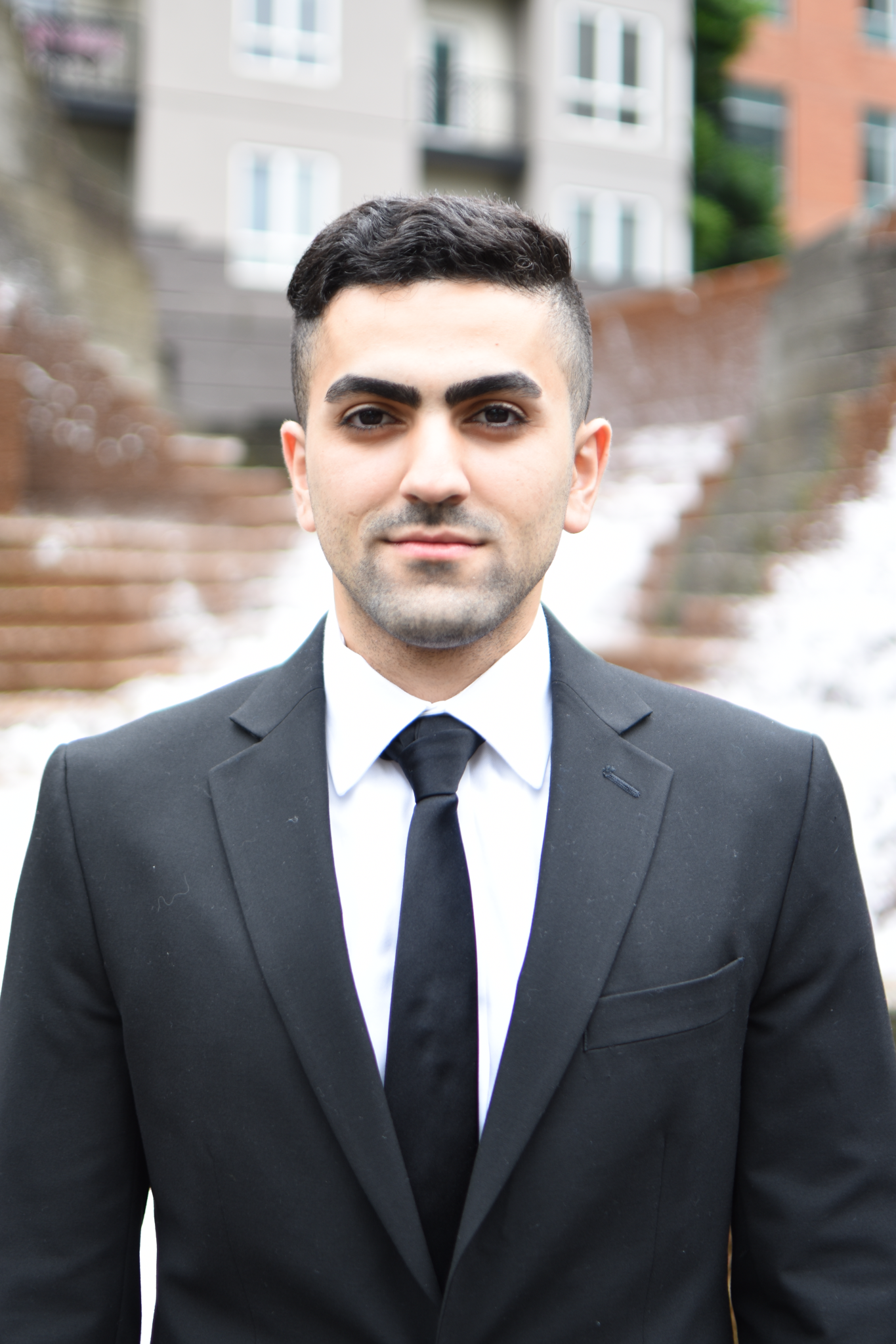Rawand Rasheed
Portland State University
A Leidenfrost Driven Waste-Water Separator (LDS) is proposed in response to TA 6.1: Environmental Control and Life Support Systems and Habitation Systems. The LDS aims to provide a solution to the problems of waste management (TA 6.1.3), and water recovery and management (TA 6.1.2), as identified by NASA. The LDS will take advantage of the Leidenfrost effect, which is a phenomenon experienced by a liquid when it comes into close vicinity of a surface that is significantly hotter than the liquid’s boiling temperature. Instant evaporation causes the formation of an insulating vapor layer that allows the liquid to float. This effect is what is responsible for floating droplets of water on a hot skillet. In the microgravity of space, liquids impacting a superheated surface are able to rebound due to this insulating vapor layer formation. The LDS will take advantage of a nozzle that will eject droplets of human waste into a channel of superheated walls made of superhydrophobic materials. These ejected droplets will propagate through the system channel, rebounding off the walls and becoming smaller and smaller as a result of water evaporation. Solid waste left over from the solution will leave the channel to be stored. The water vapor left over in the channel will be extracted out of the system.
Research into microgravity fluid phenomenon is critical for the development of the proposed Leidenfrost Driven Waste-Water Separator. This research can be effectively conducted in the Dryden Drop Tower at Portland State University. Research includes investigations into the impact of different surface materials on the separation of water and solid waste, variations in the rate of evaporation due to surface material and superheat, and effects of droplet ejection methods on overall effectiveness of the system. These areas of interest must be investigated for effective development of the LDS. Lasers used to develop superhydrophobic materials, rapid prototyping equipment, and a machine shop with welding stations means that the LDS can be designed and fabricated at PSU.
The Leidenfrost Driven Waste-Water Separator is a system that not only offers a solution to TA6.1.2 and TA6.1.3, but it also opens avenues for research that can provide meaningful insights into the development of other space technologies. As stated earlier, the research into microgravity fluid mechanics must be conducted in order to design an effective LDS. Results from the conducted research can be used to help aid in the design of other systems for space because of the fact that many systems used in space interact with and make use of fluids. The LDS provides the opportunity to develop a system that can solve the problem of waste-water separation, as well as provide an avenue for meaningful research into microgravity fluid mechanics.


























